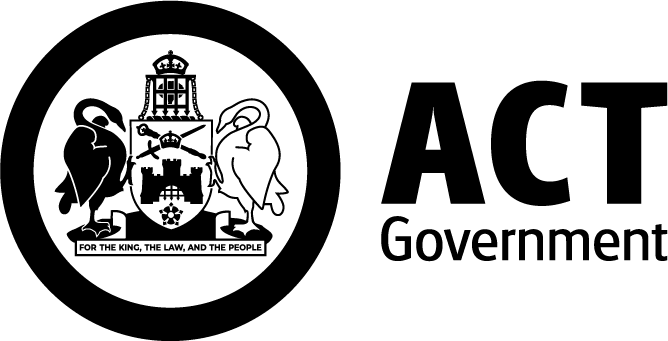Little Eagle (Hieraaetus morphnoides)

Description
- The Little Eagle is a small, stocky bird with a wingspan greater than 1 m.
- Females generally weight more than males, but males tend to have wider wingspans.
- The Little Eagle can travel many kilometres from their nest to search for food.
- Their vision helps them spot their prey from high above the woodland.
- They swoop quickly to take their food from the woodland floor, trees or bushes.
- They prey on small animals such as rabbits, birds, and reptiles.
- They're usually found in areas including the Murrumbidgee and Molonglo River corridors.
- Their breeding season starts in August and chicks start hatching in mid-October.
- Females lay 2 eggs in late August to early September.
- These eggs hatch after 5 weeks and are fledged 8 weeks after hatching.
- Adult birds protect their nesting area by flying up and down in the air, sitting in visible spots, and calling out.
Find out more about the Little Eagle on Canberra NatureMapr.
Where to find them
- The species lives in woodland and open forest.
- They nest in mature trees on hillsides in open woodland and along tree-lined watercourses.
- Their nests are made from sticks and lined with leaves.
- Sometimes they use the nests of other birds such as ravens.
- Numbers of the Little Eagle have been declining for over 30 years. In the ACT, at least nine breeding pairs have been monitored since 2017, with many pairs successfully rearing chicks.
Conservation threats
The main threat to the Little Eagle is the loss of their habitat. About 80% of lowland woodland in the ACT has been lost since European settlement. The continued destruction of this habitat puts the population of this species at risk.
Loss of habitat occurs when:
- urban development takes over their natural habitat
- human activity scares them away from suitable habitats near urban areas
- they have difficulty protecting large areas that suit their needs.
Conservation status
- Australian Capital Territory – Vulnerable (Nature Conservation Act 2014).
- New South Wales – Vulnerable (Biodiversity Conservation Act 2016).
Conservation actions
Conservation actions aim to:
- find out more about the species to manage them and their threats
- find and protect more areas that the eagle can hunt and breed in
- maintain the best feeding and breeding habitats
- work with state and local government on conservation plans
- teach the community on how to protect the species and habitat
- support the community to help with conservation.
Monitoring and research
It’s important to learn more about the ecology and habits of the Little Eagle to understand how to protect them.
Researchers are tracking the movement of the Little Eagle in the ACT. They find and observe nesting pairs throughout the breeding season.
This helps tell us:
- how long it takes eggs to hatch
- how quickly chicks grow
- how chicks are cared for
- what chicks are fed by their parents.
